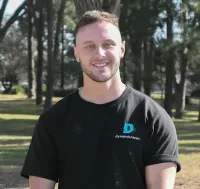Learning Hub
Everything you need to know about personal training, health and fitness.
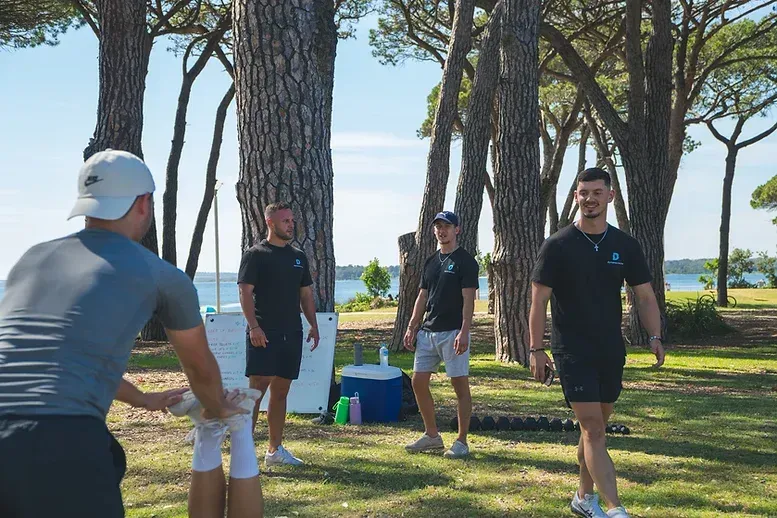
How Much Does DynamicRecov Cost?
We understand how hard is can be to decide which personal trainer will best suit you and fits your budget.
That is why at DynamicRecov we believe our prices need to be explained in some detail, to help you make the right...

A Complete Guide On Personal Training Pricing
One of the biggest questions we get asked from you is what is the price of such a stellar service?
Only joking I would never say we are the best however we do our best to try and we do this by consistently asking for...
What Does DynamicRecov do?
What does DynamicRecov offer? Are we the right fit to help you achieve your fitness goals?
Watch our video
DynamicRecov's Blog
An educational blog where you can elevate your knowledge on health and fitness, gain knowledge when deciding if personal training is right for you and get the latest tips on how to maximise your performace.
Read Our Blogs For More
An educational blog where you can elevate your knowledge on health and fitness, gain knowledge when deciding if personal training is right for you and get the latest tips on how to maximise your performace.
All Posts
Nutrition
Cost and Pricing
Habits and Mindset
Injury Prevention and Management
Personal Training
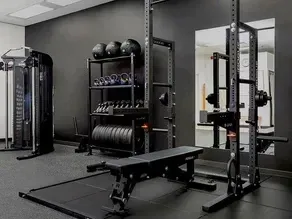
Mobile Personal Trainer vs Gym Personal Trainer..
Introduction I have been asked this question a lot in my history as a mobile personal trainer...
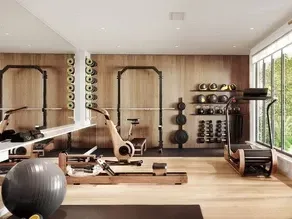
The Problems with Working Out from Home with a Mobile...
The Challenges of Home Workouts As a mobile personal trainer myself I would never say..
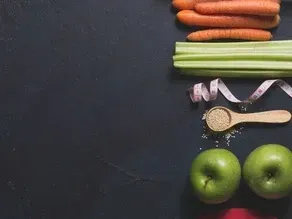
Should You Get a Personal Trainer or Nutritionist?
Understanding Your Health Dilemma Embarking on a journey to improve your health...

Why Mobile Personal Training Might Be Best for You
Understanding Your Fitness Journey Everyone has a different road, a different...

10 Reasons Why You Need a Mobile Personal Trainer
Let me start this blog with a little story... During my time at uni in my second year I was....

WHY YOU SHOULD LIMIT YOUR SCREEN TIME
As I sit here behind the screen writing up these blogs and providing you with quality..
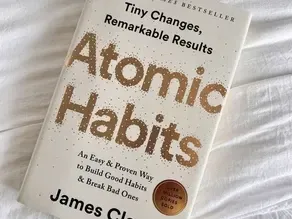
CREATING NEW HEALTHY HABITS
If you have not already done this I would urge you to read this book written by James..

RICECAKE RECIPES
Thought I would spice things up today and share with you a recipe for one of my favourite...
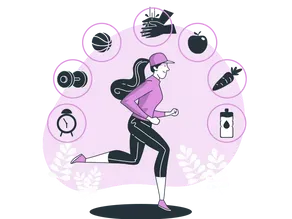
HOW TO SET UP YOUR NUTRITION FOR SUCCESS
Setting up your week for success can look very different for a lot of people. Maybe you..
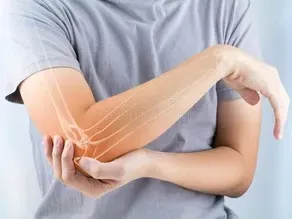
ELBOW INJURY STORYTIME
Let us start this one off with a little story... I was in Greece and if you have any recollection or...
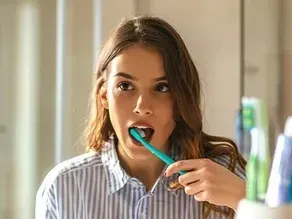
BRUSH YOUR TEETH WITH YOUR LEFT HAND
Bit of a different blog today but let me teach you something out of the ordinary today... Brush...
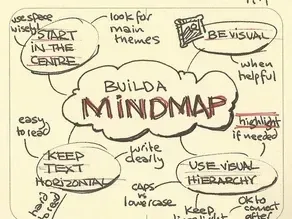
BRAINSTORM YOUR IDEAL LIFE
You hit a roadblock, do not know where you are going at work, in life or maybe you are..

WHAT IS A CALORIE?
Do you even know what a calorie deficit even is? If you follow any fitness influencer,...
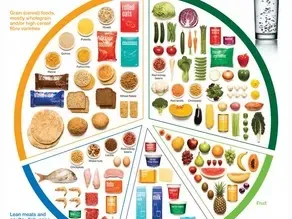
HOW TO EAT 'HEALTHY'
How do you create a plate that is customised for your specific goal everyday? This is tough...

THROW IN THE KITCHEN SINK WITH TRAINING?
One thing I have noticed about the fitness industry in recent years is people either going all...

MUSCLE GROWTH WITH DECREASED POST EXERCISE SORENESS
MUSCLE GROWTH WITH DECREASED POST EXERCISE SORENESS
Feeling sore, tight and weak overall throughout your body and wanting that to change?
Finished a leg day feeling like you can barely walk the following days?
Today I am going to go through some remedies you can follow to ensure you have decreased post exercise pain while also maximising muscle repair and growth!

1. Protein
Protein is a supplement which tends to be either undervalued or overvalued by the general population. The average person goes through periods of having too much or too little protein. Both sides have their own problems. I have always stated that you only need between 0.8-1.5 grams of protein per kg of bodyweight. Having less protein than this range or anything < 0.8 grams/kg will mean you are not getting enough protein needed for recovery, muscle repair and growth. Having more protein than this range or anything > 1.5 grams/kg will mean you are getting too much and this will just be stored or excreted. Eat within this range and you will notice increased muscle gain and decreased muscle soreness post exercise!!
2. Active/passive recovery training
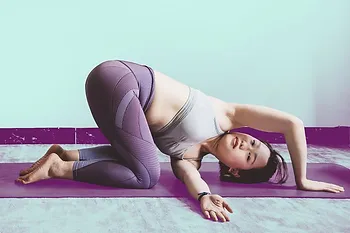
When I say active recovery training this is going to involve movement through range of motion or mobility training. There are many forms of mobility training however the most distinct is going to be moving your body and its joints through full range of motion. Ass to grass in a squat, lunging with your knees touching the floor etc. Doing this means your body is going to work slowly through stiff points until these stiff points become more moveable. Freely moveable joints means less pain, more movement. Passive recovery training involves static movements which are beneficial when it comes to injuries or when a joint is really tight/stiff. Placing the joint in this range will ensure it slowly passes through the sticking point allowing for increased movement. Both methods will ensure your body is freely moveable and will become pain free.
3. Supplements
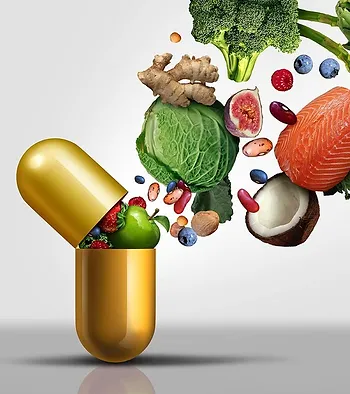
There are some supplements out there which I like to call additional aides. I call them this because they should not become your main source and instead become an added bonus to your training and nutrition. Two supplements which I have in my stack which are beneficial when it comes to muscle recovery, repair and growth are creatine and BCAA's. Creatine is a supplement which works to increase water retention within your muscles which improves muscle repair and growth. BCAA's work to improve the repair process after tearing muscle fibres. So 2 supplements which work together to improve the repair of muscle post exercise.
Now these are some of my top tips and the 3 steps I follow when it comes to ensuring I have a pain free life when it comes to exercise. I train hard but also ensure that my recovery is optimal for growth and repair of the muscles I use in my training sessions.
I am pain free because I am strict with my mobility training and protein intake. I take supplements at times but only when I know I need an extra boost or when my nutrition may be lacking through periods of a cut.
Let me know in the comments if there are any other methods or tips you follow :)

